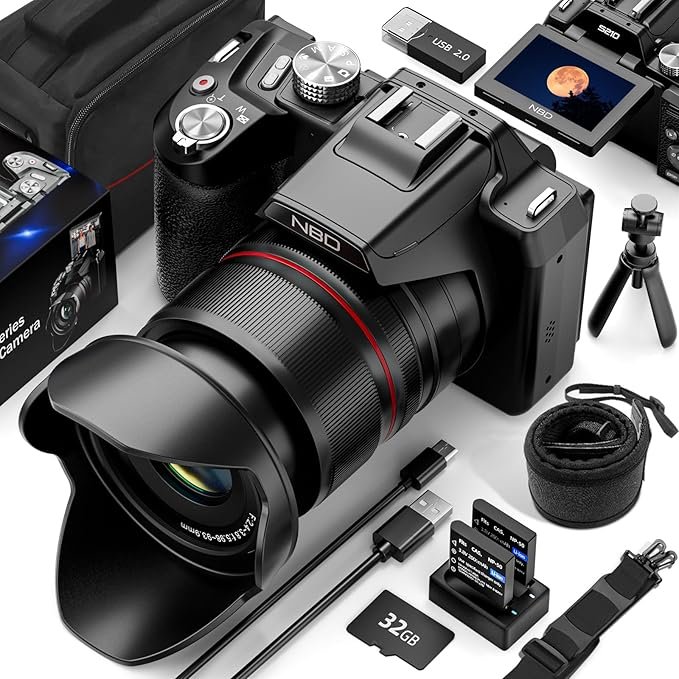Golden hour photography is one of the most beloved styles among photographers, both amateur and professional. The term refers to a specific time of day when the sunlight casts a soft, golden hue across the landscape, creating a dreamlike quality that enhances everything it touches. This brief window of time, often just after sunrise and just before sunset, is highly sought after for its magical lighting effects.
Table of Contents
In this blog, we’ll explore what makes golden hour so special, why it’s important in photography, how to plan your shoot around it, and tips for making the most of it. Whether you’re shooting portraits, landscapes, or cityscapes, understanding golden hour photography can dramatically improve your work.
Understanding the Golden Hour
The golden hour, also called the “magic hour,” isn’t exactly an hour long—it’s more of a concept based on light quality and the sun’s position in the sky. It typically occurs within the first hour after sunrise and the last hour before sunset. During these times, the sun is low on the horizon, and its rays travel through more of the Earth’s atmosphere.
This extended path diffuses the sunlight, reducing harsh shadows and creating a warm, golden tone that flatters subjects and scenery alike. The result is a natural light that enhances skin tones, adds depth to landscapes, and creates a soft contrast that’s hard to replicate artificially.
Why Golden Hour is Ideal for Photography
Light is one of the most important elements in photography. Harsh midday sunlight can create strong shadows, overexposure, and washed-out colors. In contrast, golden hour lighting is much softer and more directional, giving photographers greater control over mood and composition.
During golden hour, colors appear more vibrant, and the lighting wraps gently around subjects, making it ideal for portrait photography. Landscapes benefit too, as the low-angle sun brings out textures in the land and sky. The shadows are longer and more dramatic, adding a sense of dimension and storytelling to your photos.
Golden hour photography is also emotionally resonant. The warmth of the light evokes feelings of peace, nostalgia, and beauty. This emotional layer adds depth to photos, making them more compelling and memorable.
5K&64MP Digital Cameras for Photography
When is the Golden Hour?
Golden hour timing varies depending on your location and the time of year. Closer to the equator, it tends to be shorter, while higher latitudes may enjoy longer golden hours during certain seasons. In summer, golden hour might occur late in the evening, while in winter it may come earlier in the day.
To determine the golden hour in your area, you can use online calculators or smartphone apps that track the sun’s position. Popular tools include:
- Golden Hour One
- The Photographer’s Ephemeris
- Sun Surveyor
These apps help you plan your shoot by giving you exact start and end times for golden hour based on your GPS location.
Best Photography Styles for Golden Hour
Golden hour photography works beautifully across a range of genres. Here’s how it enhances different types of photography:
Portrait Photography
Soft lighting is a dream for portrait photographers. It minimizes blemishes, reduces harsh shadows, and flatters facial features. Positioning your subject with the sun behind them creates a gentle rim light, which outlines their shape and separates them from the background. This backlighting technique adds depth and a professional look to your portraits.
Landscape Photography
Golden hour light paints the natural world in rich, saturated hues. Mountains, trees, and fields glow warmly under the sun’s golden rays. Long shadows help define textures and contours in the landscape. Shooting into the light can also create lens flares or silhouette effects, which add drama and intrigue to your compositions.
Urban and Street Photography
Cityscapes during golden hour look stunning, with glass buildings reflecting warm light and long shadows adding dimension to architecture. Street photography benefits as well, with softer shadows and more pleasing tones on skin and clothing. The interplay of light and structure can make for highly dynamic and expressive images.
Still Life and Food Photography
Even indoor scenes benefit from golden hour light, especially if you’re shooting near windows. The natural warmth adds a cozy and appetizing glow, making food and objects look more appealing.
How to Plan a Golden Hour Shoot
Shooting during golden hour requires careful timing and preparation. Arriving late means you could miss the best light, and since golden hour is fleeting, every minute counts.
Start by scouting your location in advance. Know where the sun will rise or set and how it will interact with your surroundings. Consider how the light will fall on your subject, what background elements might be included, and where shadows will be cast.
Arrive early enough to set up your gear and adjust your camera settings. If you’re working with models or clients, use the time to pose them, make wardrobe adjustments, and frame your shots. The golden light changes quickly, so being ready ensures you won’t waste any of it.
Camera Settings for Golden Hour Photography
While camera settings will vary depending on your subject and style, there are a few general guidelines to follow:
- Use a wide aperture (like f/1.8 to f/4) for portraits to get a soft background blur and maximize available light.
- Lower your ISO to keep noise levels down since golden hour offers plenty of light.
- Use spot metering if you’re backlighting a subject to ensure the face is properly exposed.
- Consider a tripod for landscapes or low-light shots to reduce camera shake.
Don’t be afraid to experiment. Golden hour offers creative opportunities for silhouettes, sun flares, and reflective lighting. Use your camera’s live view or histogram to evaluate exposure and adjust on the fly.
Post-Processing Golden Hour Photos
Although golden hour light is beautiful straight out of the camera, a little post-processing can elevate your images even further. Basic adjustments to contrast, saturation, and sharpness can bring out the warm tones and natural beauty of the scene.
Enhancing the golden hues slightly can intensify the mood, while careful dodge and burn can emphasize highlights and shadows. Be cautious not to over-edit—golden hour is already visually rich, and the goal is usually to preserve its authenticity.
Programs like Adobe Lightroom or Photoshop offer powerful tools for fine-tuning your shots. Presets designed for golden hour can also give your images a consistent, professional look.
Common Mistakes to Avoid
Even with perfect light, it’s possible to make mistakes during a golden hour shoot. Here are some pitfalls to watch out for:
- Arriving too late: The light changes quickly. Give yourself enough time to prepare.
- Ignoring the background: A beautiful subject can be ruined by a cluttered or distracting backdrop.
- Overexposing highlights: The sun can still be bright. Use exposure compensation if necessary to preserve details.
- Not using a lens hood: Lens flare can be artistic, but too much of it can wash out your image.
Final Thoughts
Golden hour photography is a powerful technique that brings a natural warmth and visual softness to your images. It’s beloved by photographers for a reason—the light is simply magical. By understanding how to plan, shoot, and edit during this time, you can create stunning, emotionally rich photographs that stand out from the crowd.
Whether you’re capturing portraits, landscapes, or candid moments in the city, golden hour offers an incredible opportunity to work with nature’s best lighting. With a bit of practice and planning, you’ll learn to harness its full potential and bring a golden touch to your photography.
Frequently Asked Questions (FAQs)
1. How long does golden hour last?
Golden hour typically lasts around 45 minutes to an hour, depending on the time of year and your location. It can be shorter near the equator and longer in higher latitudes.
2. Can I shoot golden hour photos with a smartphone?
Yes, many smartphones have excellent cameras that perform well during golden hour. Use manual settings or camera apps that allow exposure and focus adjustments for best results.
3. What’s the difference between golden hour and blue hour?
Golden hour occurs just after sunrise and just before sunset, offering warm, golden tones. Blue hour follows golden hour and precedes full darkness, offering cooler, bluish light that’s ideal for moody and atmospheric photos.
4. What equipment do I need for golden hour photography?
At a minimum, a camera with manual controls and a good lens. A tripod can be helpful for low-light scenes. Lens hoods and filters can also enhance your photos by reducing flare and improving color balance.
5. Can golden hour lighting be recreated artificially?
While studio lights and editing tools can simulate golden hour lighting, nothing matches the authenticity and emotional impact of real golden hour light. That said, with skillful editing and lighting setups, a similar aesthetic can be achieved indoors.

